We love Universal Nutrition because their approach to formulating supplements is inspired by old school bodybuilding – the overwhelming majority of ingredients Universal uses are backed by hardcore research, every once in a while they give a wink and a nod to the finest bodybuilding traditions.
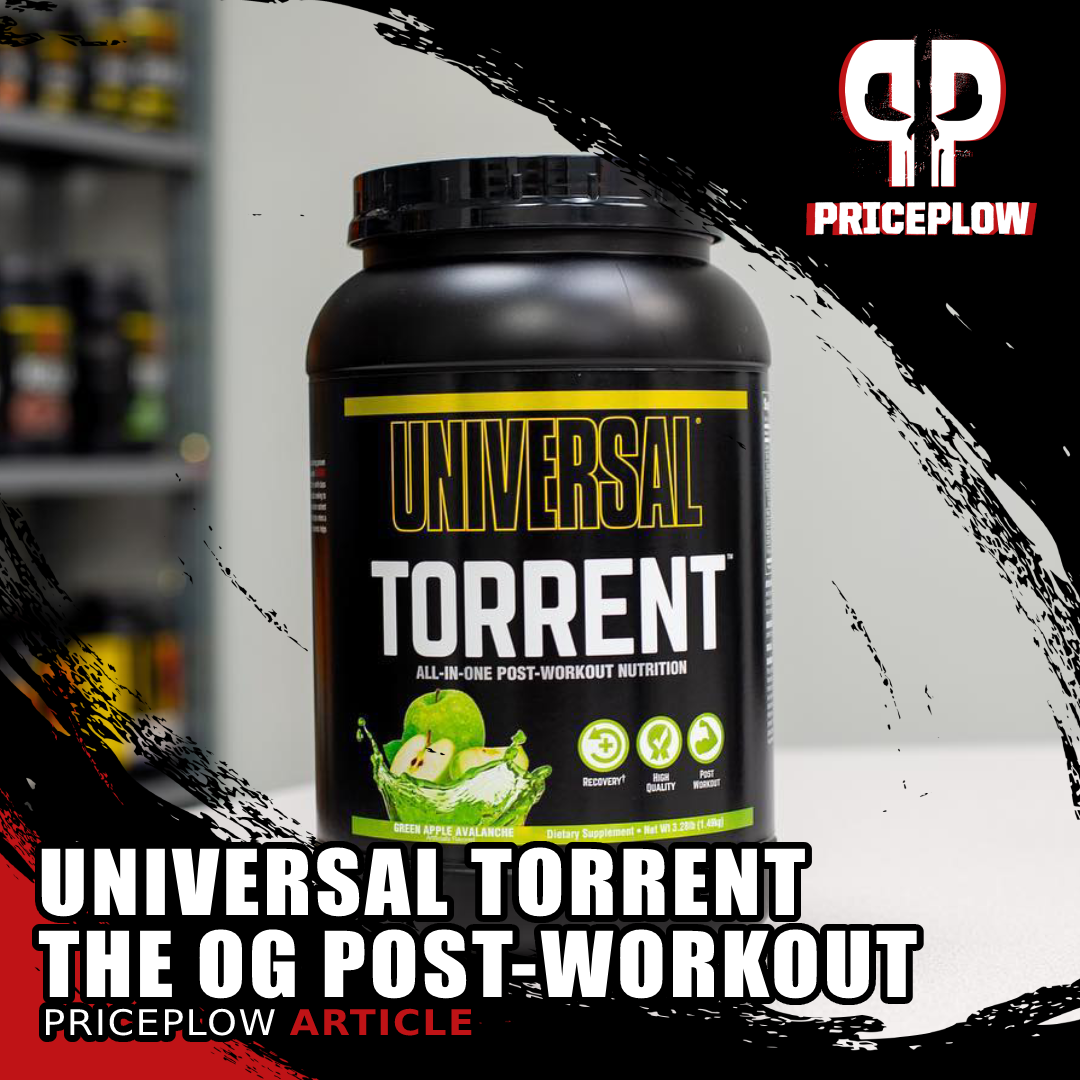
We're long overdue for giving one of the OG post-workout supplements -- Universal Torrent -- some much-needed love!
When PricePlow was founded in 2008, one of the main supplements we discussed for post-workout gains was one that still stands tall today - with a formula that seems to have never changed since its inception. It's time to give some love to the one and only:
Universal Torrent: The OG Creatine/Carbs/Protein Post-Workout Supplement
But one of the OG post-workout supplements that brought real science with old school bodybuilding credibility is Universal Nutrition Torrent. This is one of the original post-workout supplements that combines everything we want at that time - protein, carbs, creatine, taurine, aminos, and more!
When in doubt as to what you should take post-workout, this is a go-to formula you can always rely on - especially if there's no food around.
Before we talk about this awesome formula, let's first check the PricePlow news and deals:
Universal Torrent – Deals and Price Drop Alerts
Get Price Alerts
No spam, no scams.
Disclosure: PricePlow relies on pricing from stores with which we have a business relationship. We work hard to keep pricing current, but you may find a better offer.
Posts are sponsored in part by the retailers and/or brands listed on this page.
Torrent Macronutrients / Nutrition Facts
In a single 3-heaping-scoop serving of Torrent from Universal Nutrition, you get the following:
-
Calories: 290
-
Protein: 20 grams
-
Fat: 1.5 grams
-
Carbohydrates: 50 grams
-
Sugar: 25 grams
-
Universal Torrent Ingredients
Where do those calories come from? Included are the carb and protein blends - but there's far more than that!
-
Osmosulin Matrix & Protein Blend – 50 grams CHO and 20 grams protein
- Torrent uses a blend of D-Glucose, Waxy Maize, and Maltodextrin to boost the caloric intake and drive insulin response.
- D-Glucose is also known as dextrose and is a simple carbohydrate in the same structure that travels in our bloodstream, requiring very little digestive processing.
A study showed that dextrose is superior to loading muscle tissue compared to fructose, which loads in the liver.[1] This is the sugar on the label, and as you can see, it's 25 grams -- half of our carbohydrate load.
- Waxy Maize is a starch that comes from a variety of corn with high amylopectin and low amylose content.[2,3] It's easily-digestible, thanks to these attributes - amylopectin is easily broken down, while amylose is a type of long-chain carbohydrate that's not.
Waxy Maize has a low glycemic index, allowing the carbs to be bumped up without too great of a blood sugar spike.[4]
- Maltodextrin is not labeled as a sugar, but functions nearly like one since it's a starch that's been made into shorter chains of glucose, making it easily digested. It's been shown to be effective at spiking insulin levels,[5] but we can't comment on what degree, especially compared to the D-glucose which is more prevalent in this formula.
Ultimately, D-glucose / dextrose is what we want as our first ingredient - plus it tastes pretty sweet!
Why carbs in a post-workout?
Fructose reloads liver glycogen, but dextrose/glucose reload muscle glycogen. So why waste time with fructose or sucrose (which is half fructose)? Cut to the chase with straight up dextrose![1]
Low-carb and ketogenic diets with tons of protein are all the rage these days, and as we've seen during the past decade, people can endlessly debate the pros and cons of different nutritional philosophies.
The old school bodybuilding way is to consume protein with plenty of carbohydrates, which is the philosophy behind Universal Nutrition's Torrent formula. So what's the argument for doing this?
One simple argument is that we simply need more calories to gain weight - and there's only so much protein a sane human being can eat. The appropriate amount of carbohydrates can be loaded in the muscle, and fat can't - so gains-chasers generally rely on higher-carbohydrate diets, especially post-workout.
But in terms of actual muscle growth...
Do carbs increase the anabolic response?
Although this idea has been around forever, a 2013 research review points out that very few studies have been done over the decades. Specifically, "no chronic study has addressed the effects of adding carbohydrate to protein compared to protein alone on muscle hypertrophy."[6]
So the jury's out on this one – you'll have to make up your own mind. Some people swear by it, others prefer the metabolic effects of keeping carbohydrate intake low. And still others keep carbs low, but use products like Torrent in a post-workout setting to fuel glycogen reload.
Glycogen supports intense exercise
One thing is for certain: the most intense physical activity requires glycogen to burn.[7]
Although the scientific evidence seems clear on this, even this is not untouched by controversy – some people swear their top end power is unaffected by low-carb diets. At least as many athletes, though, find that they can't push themselves to the max without a good store of glycogen going into their workouts.
If you fall into that category, it behooves you to replenish glycogen within your anabolic window, when it's the easiest and most efficient.
During intense exercise, muscle glycogen stores get depleted, and should be replenished for optimal recovery. The amount of glycogen present in your muscles during the first 60 minutes or so after you finish your workout – a period often referred to as the "anabolic window" – is a major factor in how fast and how well you'll recover from the exercise.[8]
The sooner you get those carbs in after your workout, the better you'll absorb them and replenish glycogen.[8]
Keeping glycogen topped off 24/7 can help you consistently power through even the most challenging workouts.
- D-Glucose is also known as dextrose and is a simple carbohydrate in the same structure that travels in our bloodstream, requiring very little digestive processing.
-
Protein type and dose used
When it comes to getting in large amounts of protein with fewer calories, whey protein is nearly always the go-to.
Universal Nutrition is sticking to the science with their 20 grams of protein per dose of Torrent. It comes from whey protein concentrate and whey protein hydrolysate -- most readers at this point should know the muscle-building and body composition benefits of boosting protein intake with whey protein.[9-12] Whey protein also has a very high digestibility/absorption score[13] -- keeping up with an important trend in Torrent.
According to a large body of scientific research, gains on additional protein intake begin to diminish around 20-25 grams at once – any more than this and an increasing proportion of the protein you eat gets oxidized for energy, instead of being used to build muscle.[14]
So ultimately, you're led to a pretty cool blend of 20 grams of protein combined with 50 grams of carbohydrates and minimal fat (which is coming from the whey protein), leaving you with about 290 calories.
Now it's time to get into the post-workout extras:
- Torrent uses a blend of D-Glucose, Waxy Maize, and Maltodextrin to boost the caloric intake and drive insulin response.
-
Anti-Catabolic Leucine Complex – 8,000 mg
Purpose: preventing the unwanted breakdown (catabolism) of muscle tissue
-
L-Leucine
Leucine is the best amino acid for initiating the anabolic response. It's been shown to significantly upregulate muscle protein synthesis[15-17] through mammalian target of rapamycin (mTOR) activation.[18-20]
Amongst these primary amino acids, the essential amino acids are in red. Leucine, Valine, and Isoleucine are the three Branched-Chain Amino Acids.
This helps keep your body out of a catabolic state, which can ultimately help you hang on to precious, hard-earned muscle. In fact, leucine has been discussed as a possible therapy for muscle wasting.[16]
Recommended leucine requirements go up as we age,[21] so if you're headed into your third decade of life (or beyond), supplementation is a smart thing to consider.
-
Leucine Alpha Ketoglutarate (AKG)
Next up we have alpha ketoglutarate (AKG); here, it's bound to leucine.
You might be surprised to see an exogenous ketone in Torrent – after all, it's supposed to be a carb supplement.
As it turns out, exercise-trained muscles have a greater ability to burn ketone bodies as fuel,[22] making this a great pre- or intra-workout supplement for athletes.
AKG has even been studied for its ability to help build muscle,[23] which makes perfect sense when you consider that muscles love using their preferred fuel to grow!
Leucine ethyl ester & N-acetyl-L-leucine
Finally we have N-acetyl-L-leucine (NALL) and leucine ethyl ester. These forms of leucine have been around for a long time. Their purpose in Torrent is to increase the leucine molecule's bioavailability by attaching acetyl and ester groups to it.
In theory, the acetylated leucine should be more bioavailable than ordinary leucine, as pointed out in a 2021 study:
"Based on previous studies and our current results, we propose a mechanism of action of N-acetyl-leucine in which it is taken up and distributed by anion transporters, primarily MCT1... MCT1-mediated uptake of N-acetyl-l-leucine provides a way to bypass the easily saturable uptake via LAT1 to deliver more leucine to tissues... MCT1 can deliver leucine via the prodrug form N-acetyl-l-leucine without interference from, and disruption to, the uptake of other essential amino acids."[24]
In other words, adding the acetyl group to leucine gives it an affinity for different transporter proteins than other amino acids, which means it can be metabolized without competing for access to the same proteins.
Other studies have found that NALL is powerfully anti-inflammatory. It's particularly good at reducing inflammation in the brain and has even been proposed as a potential treatment for traumatic brain injury.[25,26]
That's a great theory, and we find it persuasive. Nonetheless, it's important to tell readers that to the best of our knowledge, there are no clinical studies comparing the efficacy of NALL to ordinary leucine. Ditto for leucine ethyl ester.
So, although there's little evidence that these leucine forms are more effective than plain old L-leucine – at the same time,there's no evidence they're any worse than ordinary leucine, either.
So the bottom line here is that you're getting more leucine in different forms. There might be additional benefits, but we can't say that for sure.
-
-
Volubolic Amino Blend – 7,000 mg
Hydration and pumps aren't just for pre-workout situations - they can enhance recovery as well:
-
Taurine
Taurine is one of our favorite ingredients because it has so many different benefits, and Universal's been including it since before it was the cool thing to do.
Taurine as an osmolyte and ergogenic aid
The main reason you see taurine in pre-workout and intra-workout supplements is because it's an osmolyte.[27] Osmolytes are substances that increase cellular hydration above baseline by increasing the osmotic pressure around your body's cells.
When your cells have more water, they also have access to additional nutrients and can more efficiently clear the waste produced by cellular metabolism. They're also more resilient to heat stress, which is a concern during tough workouts. The upshot is that once cells are in a state of hyperhydration, they can work hard for you much longer than normal, which manifests at scale as increased athletic endurance.[28]
Unlike fellow osmolyte and ergogenic aid creatine, taurine doesn't need to be "loaded". A 2018 meta-analysis showed that a 1-gram dose taken immediately before exercise is enough to confer endurance-boosting effects.[28]
Taurine is also a strong antioxidant[29,30] and can help facilitate muscle contractions by supporting calcium signaling in muscle cells.[31]
Taurine’s cognitive effects
In the central nervous system, taurine acts as a GABAergic compound, meaning it mimics the action of the neurotransmitter gamma-Aminobutyric acid (GABA). As an inhibitory neurotransmitter, GABA calms neurons by downregulating certain types of activity.[32] This produces an anti-inflammatory effect. Taurine has also been shown to drive mitochondrial biogenesis in neurons.[32]
Anecdotally, users report that taurine helps take the edge off stimulants, which is one reason why supplement formulators are increasingly stacking it with caffeine.
Taurine's neuroprotective effects are part of the reason it can help upregulate dopamine activity.[33] Since dopamine increases focus and motivation, this is yet another benefit that makes taurine a great ingredient for supporting intense workouts.
Taurine’s effects on body composition: brown adipose tissue (BAT)
Finally, taurine might be able to help you achieve and maintain your ideal physique by increasing your body's proportion of brown adipose tissue (BAT),[34] a metabolically active type of fat that's packed with mitochondria and burns calories as heat.
Taurine actually converts white adipose tissue (WAT), which is comparatively devoid of mitochondria and thus metabolically inactive, into BAT. Ultimately, this conversion increases the number of calories your body burns in a day,[35] making it easier to lose unwanted body fat and keep it off.
Taurine has even been shown to selectively inhibit the proliferation of new WAT cells, while allowing BAT cells to grow.[36]
If you'd like to lose a little extra weight, you should know that taurine can help attenuate the negative effects of excess body fat by tamping down on inflammation and blood glucose levels.[37]
Athletes have an increased need for taurine
If you exercise on a regular basis, you probably could benefit from taurine supplementation because it's conditionally essential and your metabolic requirements go up with activity, illness, and stress.[38]
-
L-Glutamine
Although it's recently fallen somewhat out of favor, glutamine is historically one of the most supplemented amino acids. Glutamine is a conditionally essential amino, meaning that your body can make some on its own, but requirements increase under metabolic stress – the kind of stress caused by intense exercise.
Strenuous exercise is known to deplete glutamine stores. At that point, supplementation is advisable to bring them back up, both to prevent the onset of muscular fatigue and to maximize post-workout recovery.[39,40]
-
L-Phenylalanine
Phenylalanine is the precursor to tyrosine,[41] an amino acid that is, in turn, the precursor to catecholamine neurotransmitters, a category that includes dopamine, adrenaline, and noradrenaline.[42]
Again, dopamine can help increase focus and motivation, and adrenaline and noradrenaline can help activate the sympathetic nervous system, which is responsible for the famous "fight or flight" response that helps us push ourselves in the gym.
Interestingly, phenylalanine can also increase your body's uptake of leucine,[43] which makes this a great amino to stack with the anti-catabolic leucine complex we covered earlier.
Intense workouts tend to deplete phenylalanine,[44] so getting a little extra is probably not a bad thing when you're hitting the gym.
-
Citrulline malate
Citrulline is another sports supplement mainstay due to its ability to increase nitric oxide (NO) production.[45]
Citrulline is another conditionally essential amino acid. So again, although your body can make a little on its own, stressing your metabolism with intense workouts will increase your requirement for citrulline. Supplementation can fill any gaps between the amount of citrulline your body needs and how much it has available f.
The conversion pathway of citrulline-to-NO looks like this:
Citrulline → Arginine → NO
Seeing this, you might think it makes more sense to supplement with arginine instead – after all, it's a more direct precursor to NO. Using arginine as a NO booster was standard practice in the supplement industry for a long time, until it was discovered that citrulline is significantly more bioavailable [46,47] and better at raising arginine blood levels than oral arginine.[45] Since then, citrulline has largely replaced arginine in the NO-boosting role.
Why nitric oxide (NO) matters
The reason we want NO upregulation in a sports supplement is that NO is what primarily gives you the pump you're looking for in your workouts. This is because NO causes vasodilation, a mechanism that causes the expansion of blood vessels and improves whole-body circulation.
NO-induced vasodilation is associated with significant decreases in blood pressure and resting heart rate.[48-50] This effectively increases your capacity for physical work because you can push your body harder with your cardiovascular system being less of a limiting factor on performance.
Increased circulation brings key metabolic benefits. These include more efficient delivery of oxygen and nutrients to your cells, and more efficient removal of cellular-metabolic waste.
These benefits can help you perform better and recover faster.
The research on citrulline says that it can:
- Increase power by increasing oxygen use[51]
- Increase athletic endurance – by as much as 50% for at least one type of barbell lift[52]
- Reduce post-workout muscular soreness[52]
- Upregulate exercise-induced growth hormone (GH) production[53]
- Inhibit muscle breakdown (catabolism)[54]
- Amplify the anabolic response to workouts[55,56]
Citrulline → ornithine, ammonia clearance and DHEA production
Citrulline can also increase blood levels of ornithine,[57] an amino acid that helps clear ammonia from your body.[58]
Since ammonia buildup can lead to physical and mental fatigue,[59,60] clearing it faster, which keeps concentrations low, may, theoretically, improve mental and physical endurance.
Ornithine also helps increase the body's ratio of cortisol to DHEA, which can promote better sleep and lower levels of perceived stress.[58] This can be a boon for recovery from exercise.
Malate’s effect on cellular respiration
We are happy to see citrulline malate used in supplements because malate (malic acid) has some intriguing benefits of its own.
For example, it plays a crucial role in the Krebs cycle, your cells' main energy production pathway.[61]
One study found that because of this, citrulline malate can improve cellular aerobic respiration, helping your cells power through tough workouts.[62]
-
-
Creabolic complex
Purpose: anabolic support and ergogenic aid
-
Creatine monohydrate
Creatine is, hands-down, one of the most effective sports supplements ever brought to market.
For a more on-the-go delivery method, try out Universal's Animal Creatine Chews!
There's a ton of awesome research on creatine and the findings are equally impressive. Here's a list of benefits you can get from creatine supplementation:
- Increased power[63,64]
- Faster lean mass gain[15-17,19,20]
- Better sprinting performance[65-67]
- Improved cellular hydration (creatine is an osmolyte like taurine)[68]
- Higher energy levels[69-72]
- Greater feelings of well-being[73-75]
- Better cognition[76,77]
- Increased testosterone production[78-82]
- Higher bone density[83]
The last four items on this list are especially important if you're eating a low-meat or meat-free diet, since meat is the best dietary source of creatine by a wide margin.
Vegans and vegetarians should consider the possibility that their diet is not covering their creatine requirements, a problem that is easily solved by supplementation.
Creatine increases ATP production
Whenever we see a supplement that has such diverse and, seemingly, unrelated benefits, we like to look for a biologically fundamental mechanism of action.
That's exactly what we find in the case of creatine, which has been shown to increase adenosine triphosphate (ATP) production.[84-87]
If your body were an automobile, ATP would be the gasoline. The body uses it as the energy source for all tasks, whether they're mental or physical, microscopic or macroscopic.
-
Magnesium creatine chelate
With magnesium creatine chelate, you're getting all the benefits of creatine, plus the benefits of magnesium. And generally speaking, chelation is a great way to increase the bioavailability of almost any ingredient.
The presence of chelated magnesium can potentially explain why Universal's creatine blend in Torrent is only dosed at 3 milligrams when the standard dose is 5 milligrams. A small body of research shows that magnesium chelate is more bioavailable than ordinary creatine monohydrate.[88]
Benefits of magnesium
The amount of magnesium present in Torrent isn't huge, but it's not negligible either (39 milligrams - 10% DV).
Thanks to crop monocultures and other questionable agricultural practices, the amount of magnesium in our food has been steadily declining for over a century, putting increasing numbers of us at risk of magnesium deficiency.
Research shows that correcting even a mild magnesium deficiency can:
- Decrease blood pressure[89-92]
- Decrease HbA1c and improve glycemic control[89,93,94]
- Normalize insulin production[89,93,95]
- Increase insulin sensitivity[89,93,94,96]
- Reduce risk of type 2 diabetes[97-99]
- Increase bone mineralization[100]
- Alleviate PMS symptoms[101-104]
- Improve lactic acid clearance[105]
- Facilitate muscle gain[106]
- Reduce C-reactive protein[107] and mitigate its effects[106]
- Decrease levels of interleukin 6 (IL-6), an inflammatory cytokine[108]
- Limit muscle breakdown during exercise[109]
- Improve migraine symptoms and frequency[110-112]
Suffice it to say, using some magnesium-bound creatine in Torrent should be considered a good thing as far as we're concerned.
-
Creatine gluconate
Creatine gluconate is another popular alternative to creatine monohydrate,on the basis of its allegedly superior bioavailability. However, so far as we know, human clinical trials of this claim have yet to be conducted.[113]
We find the theory plausible since gluconic acid is highly water soluble,[114] but can't say definitively that it holds true in practice.
Regardless, we'll take any usable form of creatine to get our creatine numbers to the 3-5 gram goal of creatine per day.
-
Flavors Available
Conclusion
Torrent from Universal Nutrition contains a lot of old school bodybuilding ingredients that have been popular for many years.
We're not really sure about the use of leucine ethyl ester over standard leucine, and may follow-up more, but generally consider leucine to be a very effective amino acid. Creatine gluconate also has little data, but that's fine because we're mostly getting creatine monohydrate and magnesium creatine chelate.
As for everything else in here, we can say with certainty that they're all awesome ingredients that are great to take post-workout. Torrent is listed at a pretty attractive price point, and is definitely worth it for those who want to slug an extra 300 calories into their diet without chewing.
This formula is another example of Universal's attachment to what you might call heuristic traditionalism. One of the things that makes the brand unique is their nod to bodybuilding practices discovered through trial-and-error, which still could be valid, even if researchers haven't gotten around to studying them yet.
Universal Torrent – Deals and Price Drop Alerts
Get Price Alerts
No spam, no scams.
Disclosure: PricePlow relies on pricing from stores with which we have a business relationship. We work hard to keep pricing current, but you may find a better offer.
Posts are sponsored in part by the retailers and/or brands listed on this page.
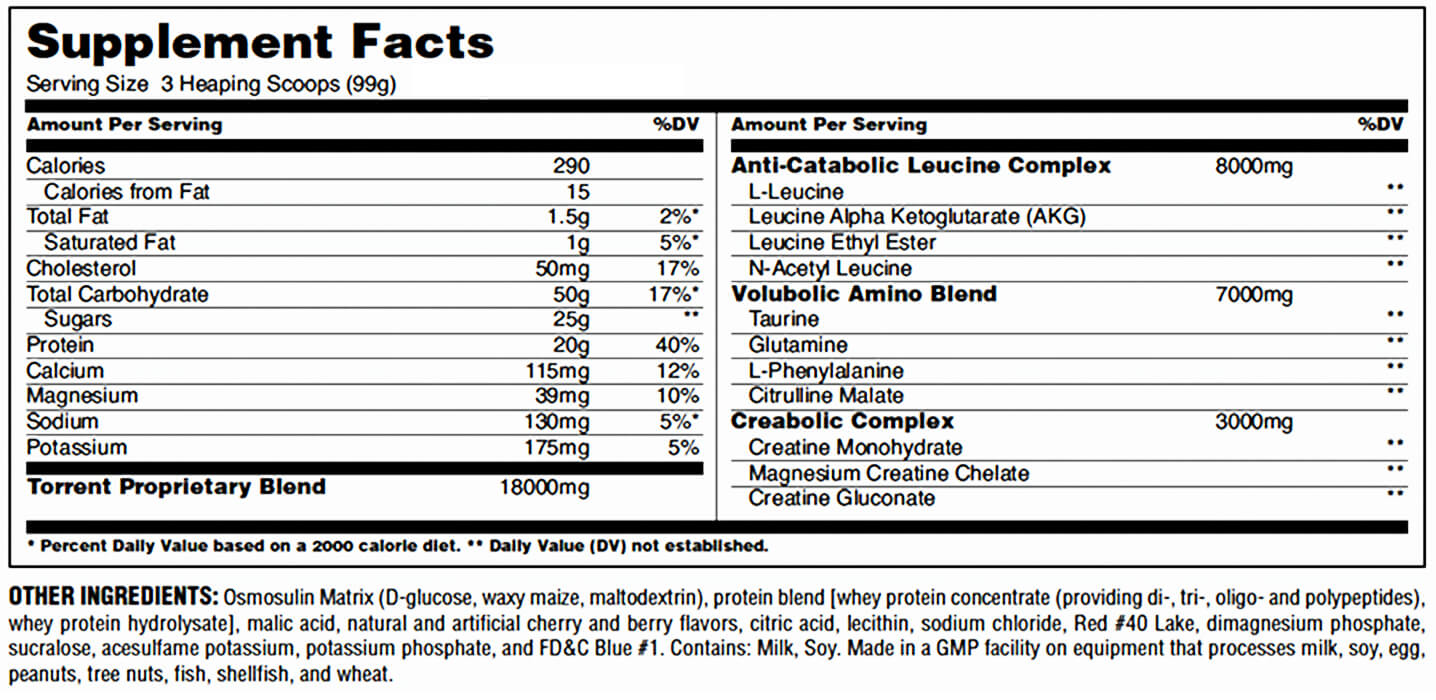
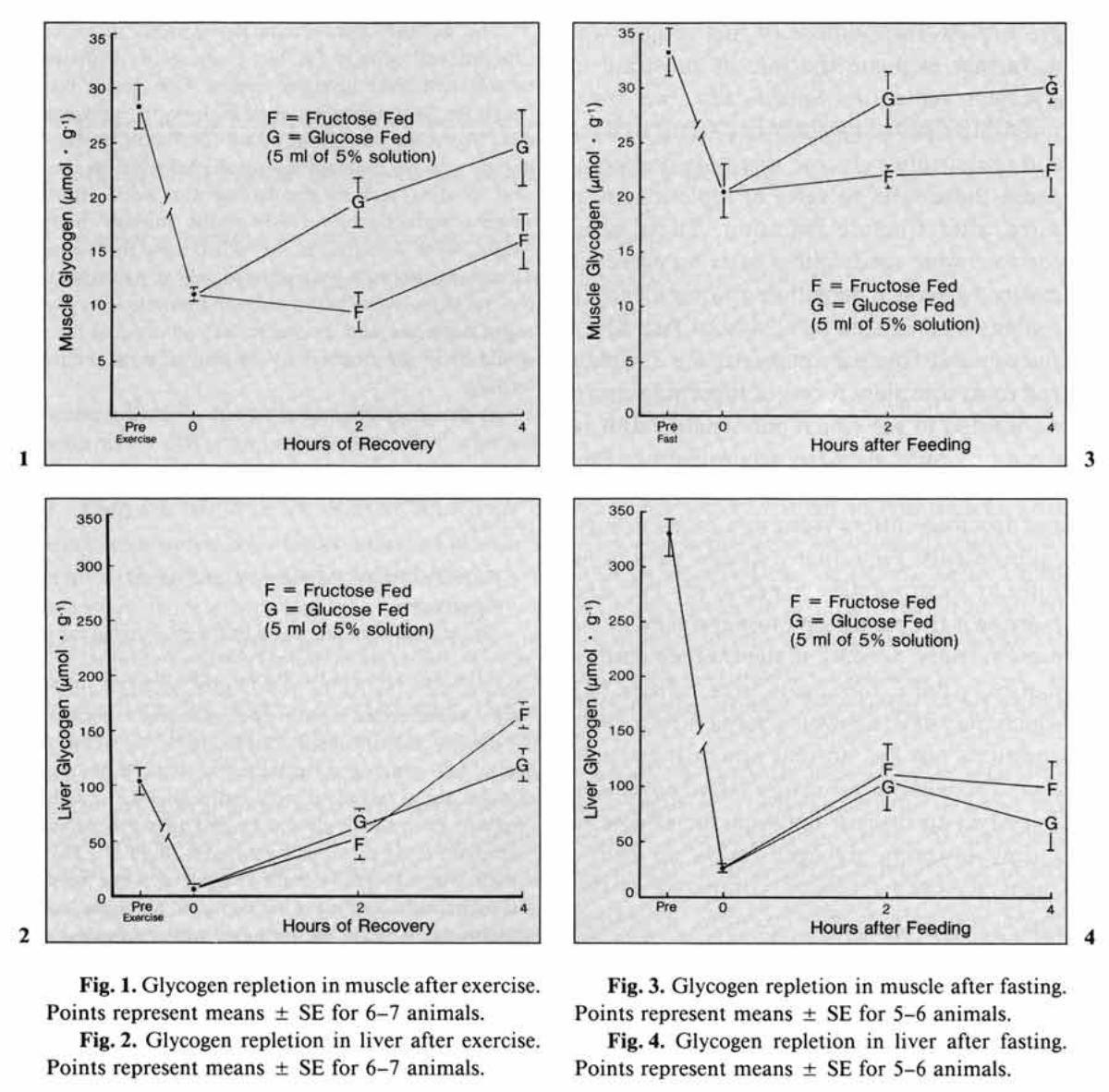
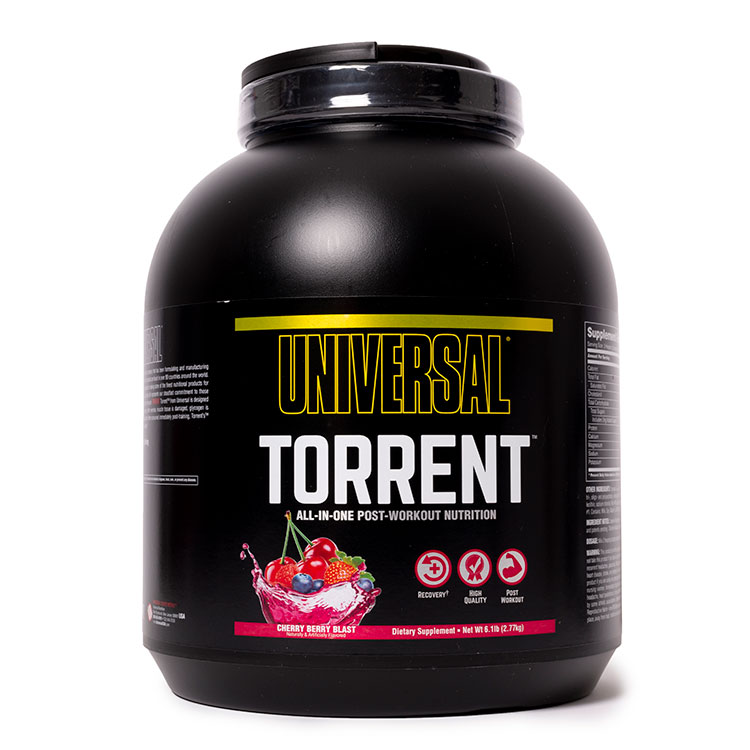
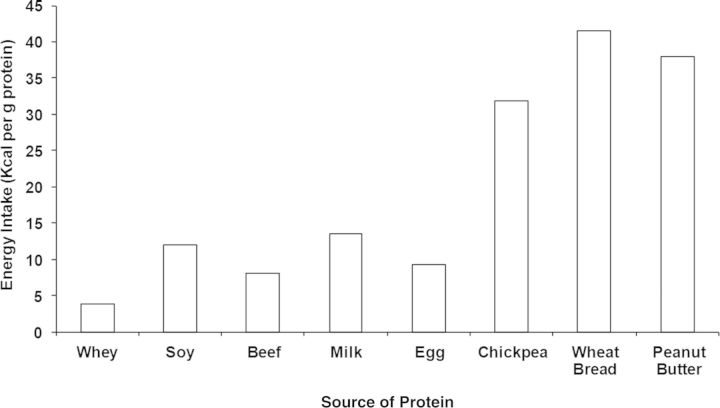
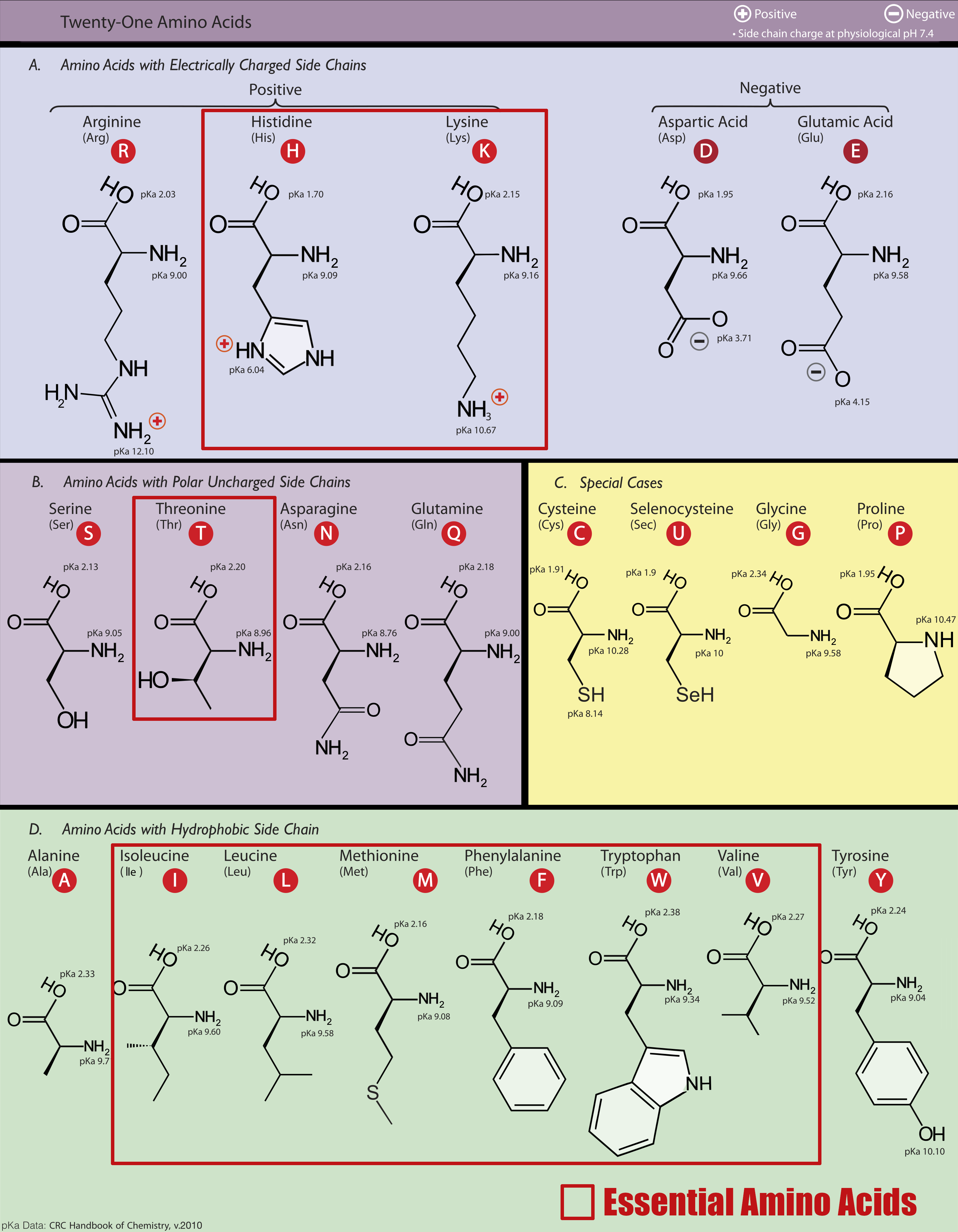
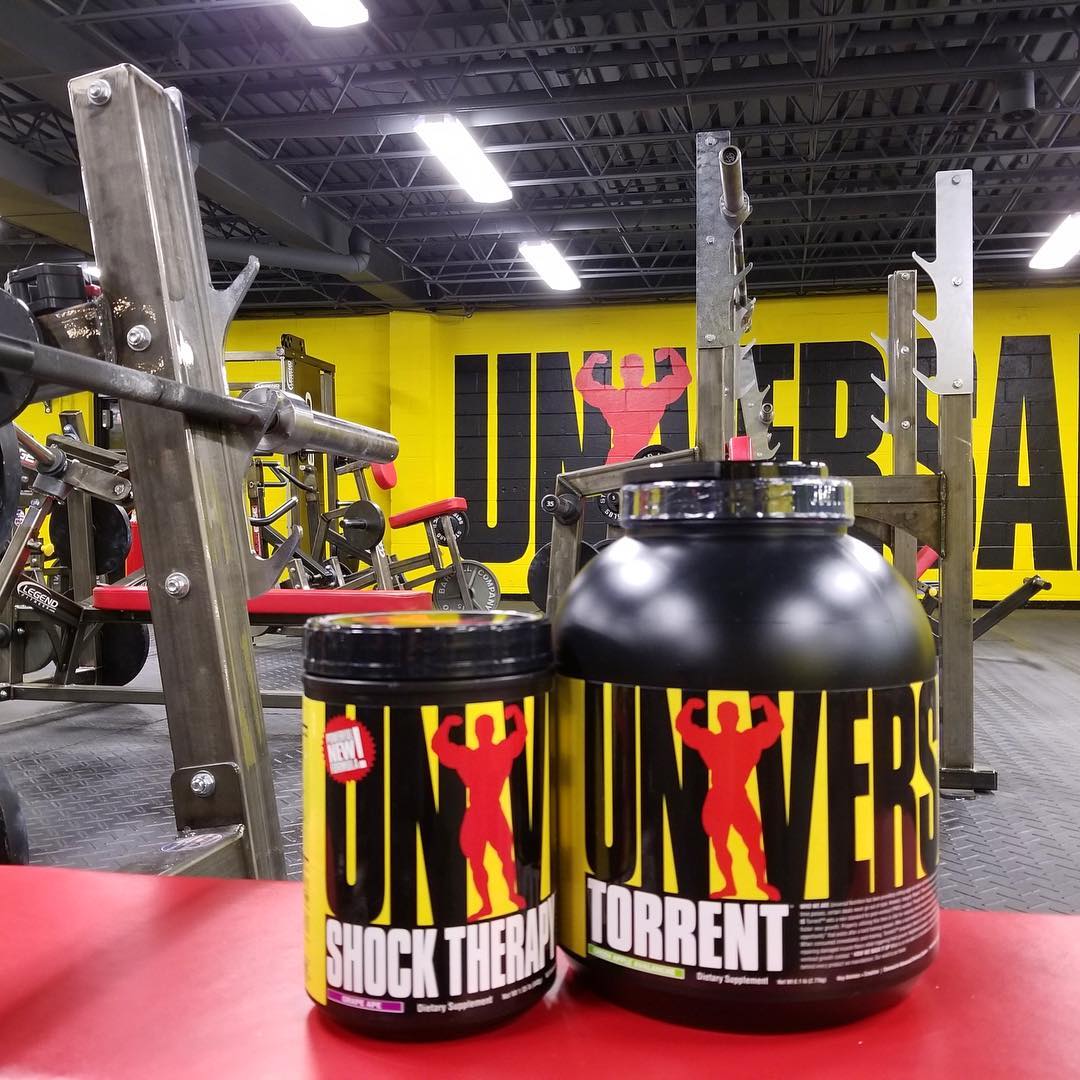
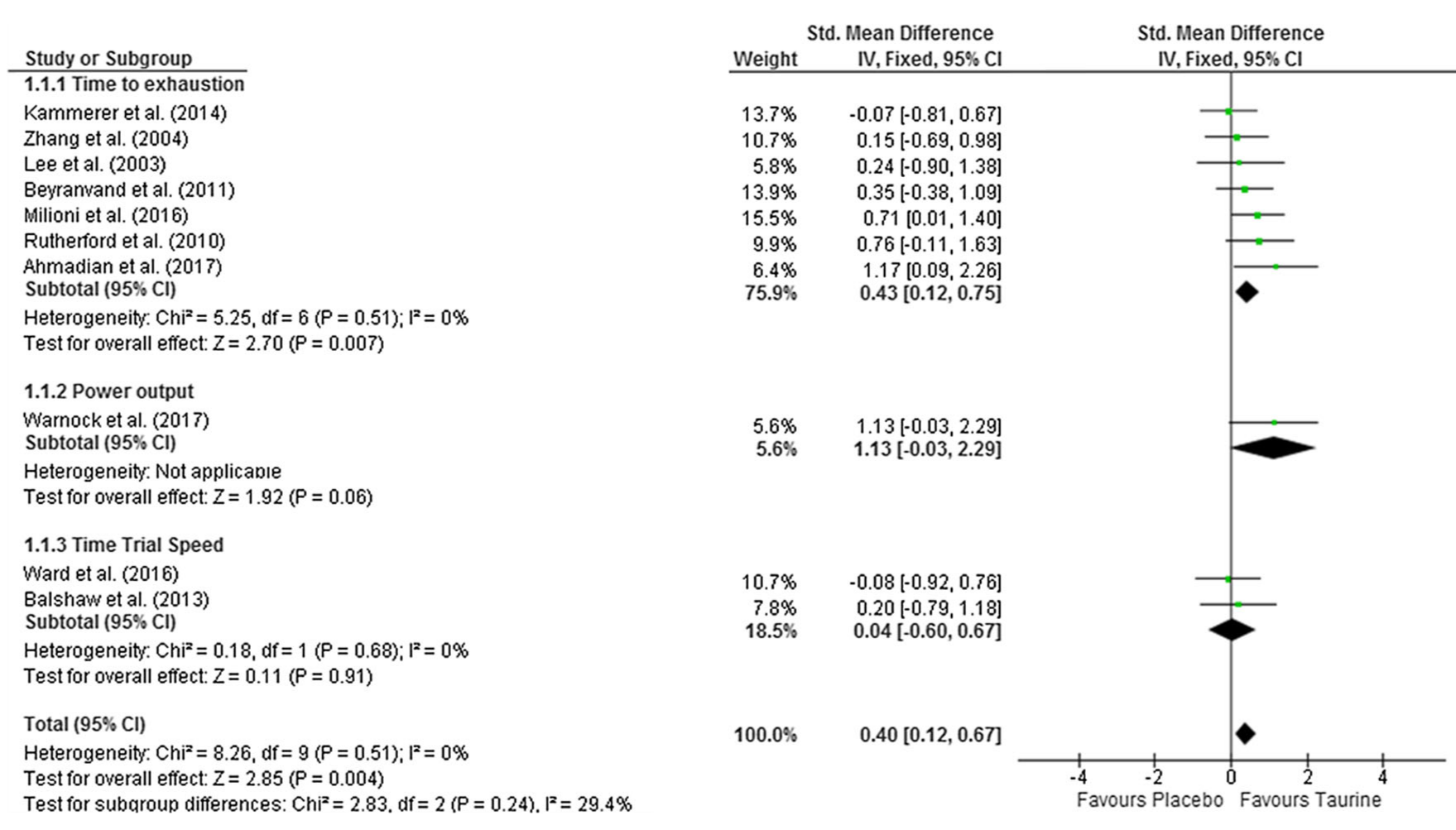
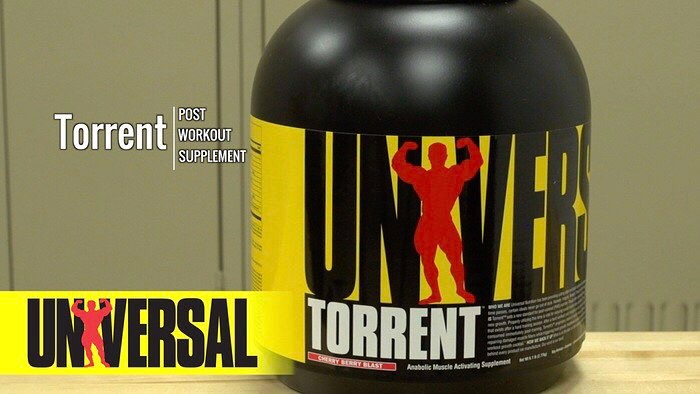

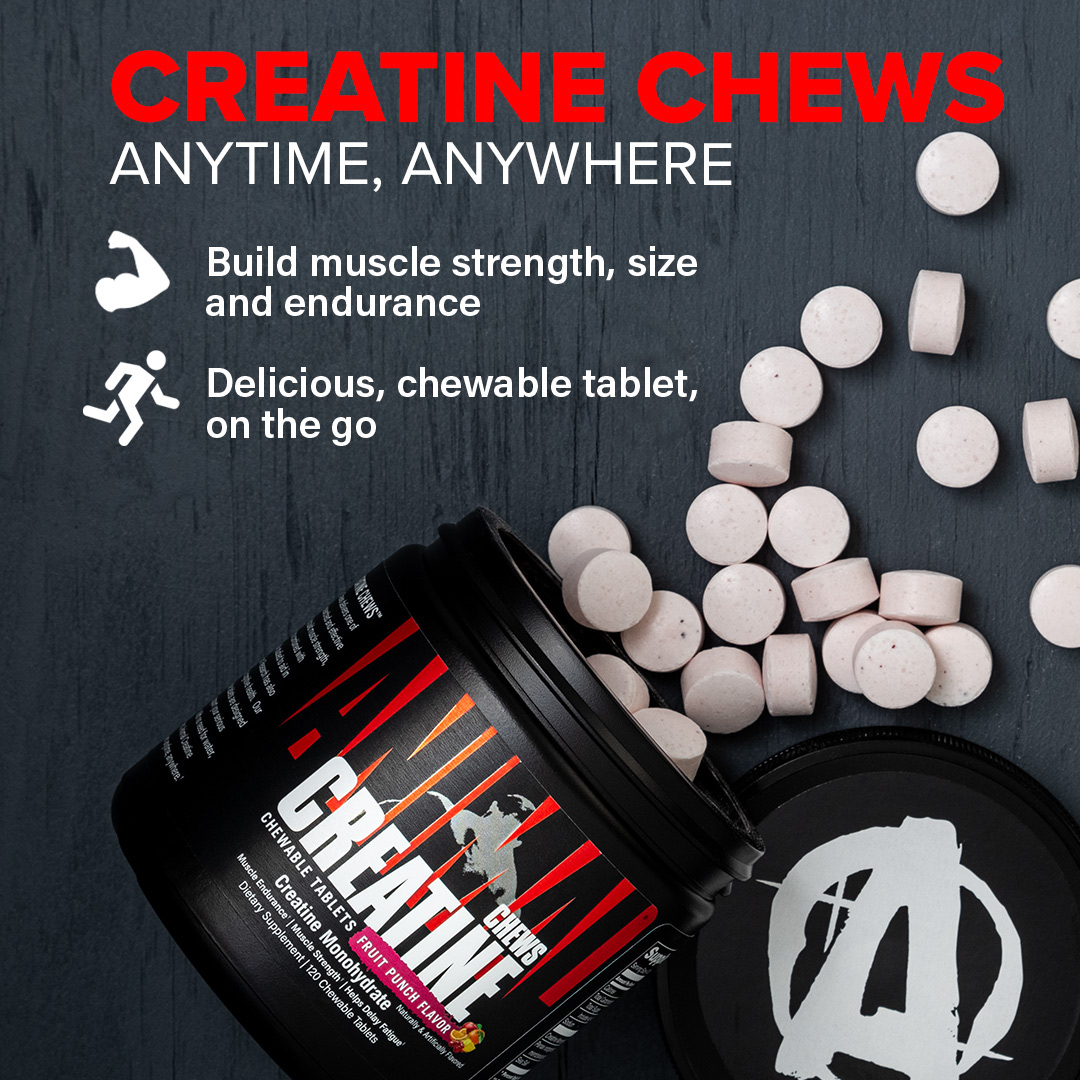
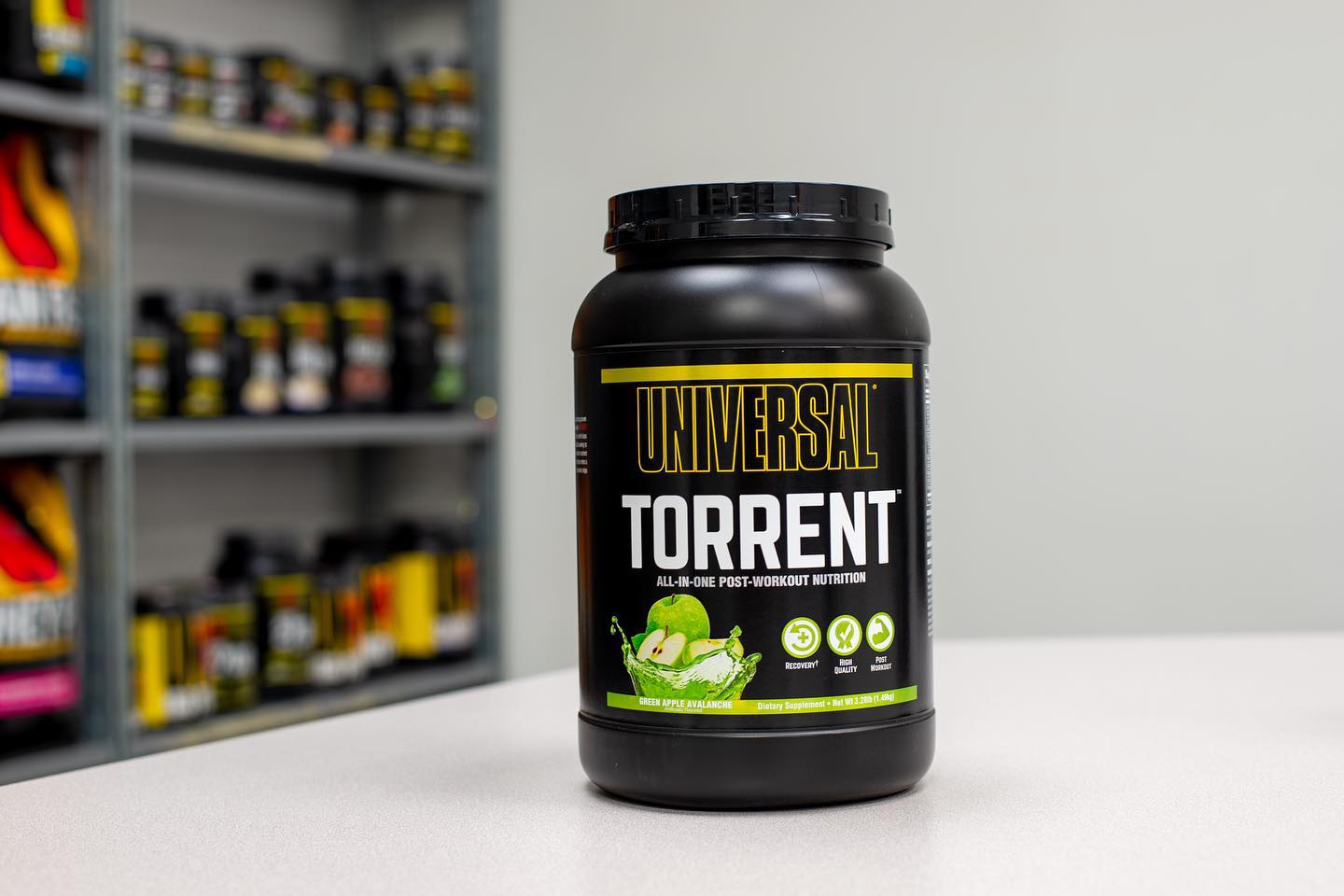
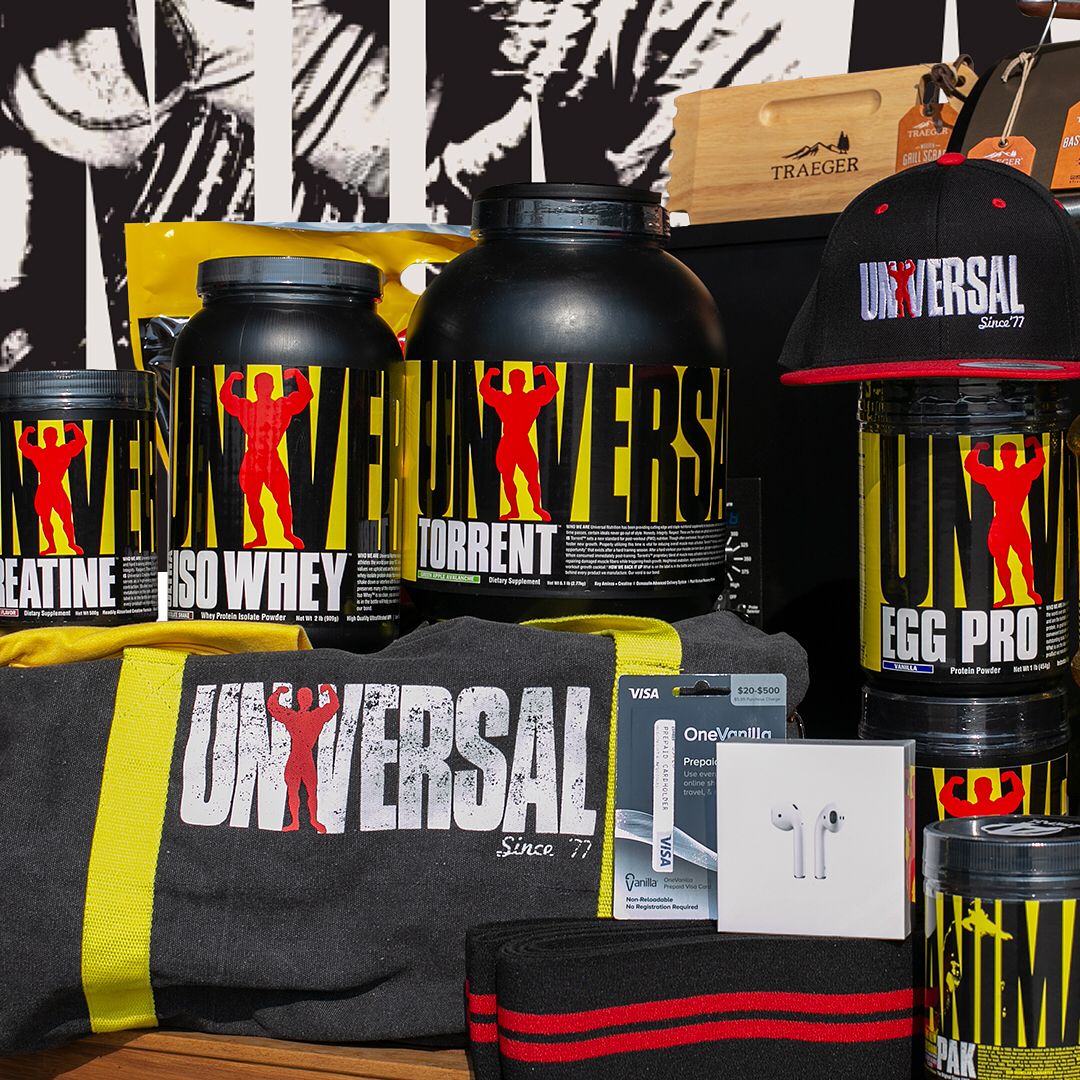
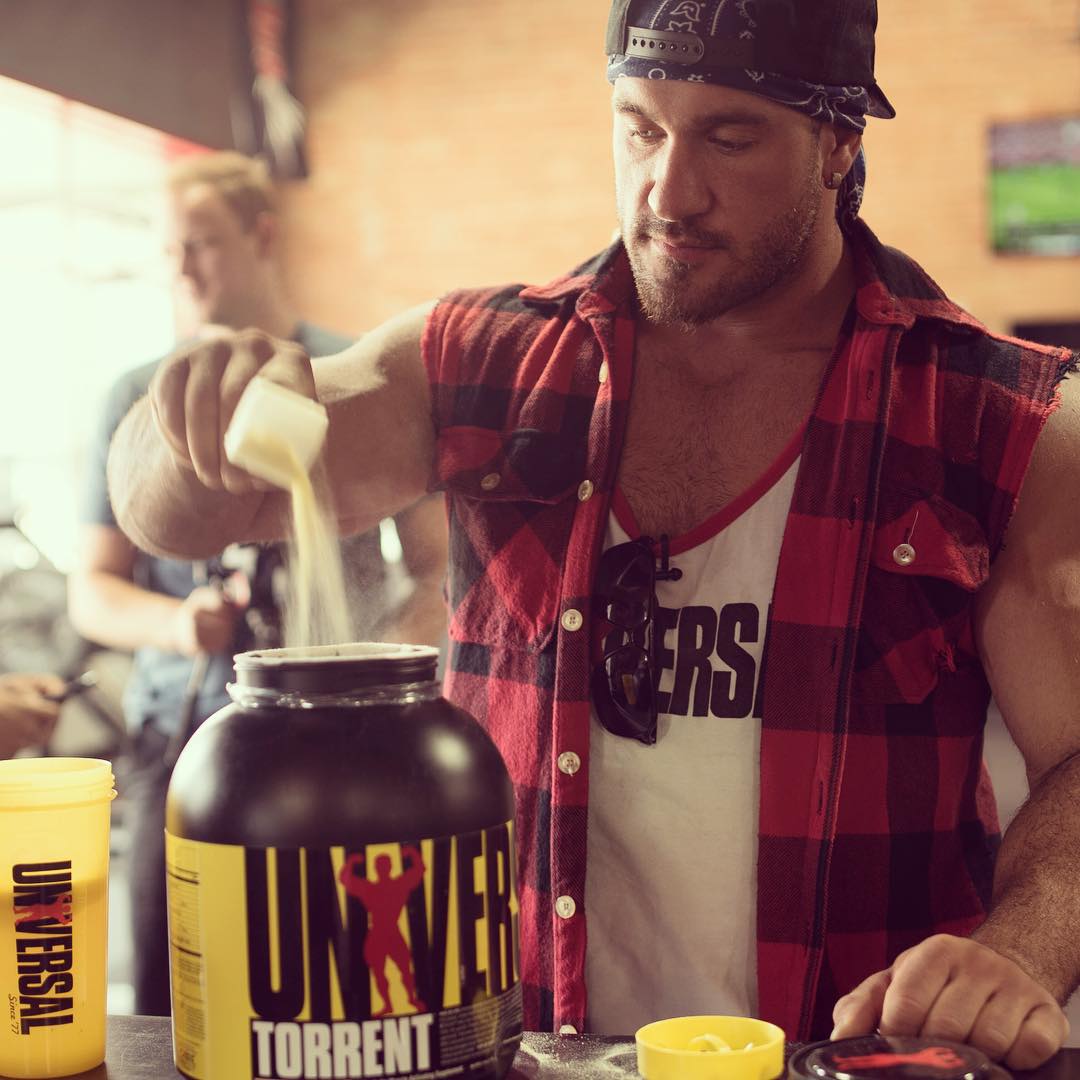



Comments and Discussion (Powered by the PricePlow Forum)